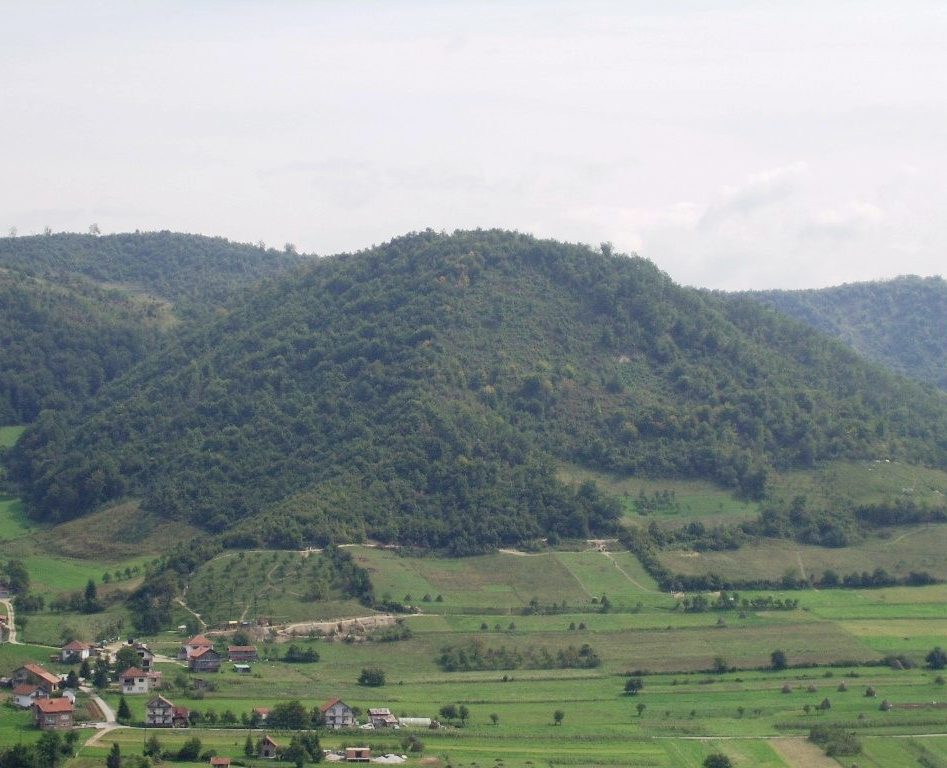Summary
Introduction to the Bosnian Pyramids
Nestled in the heart of Bosnia and Herzegovina lies a mysterious complex known as the Bosnian Pyramids. These structures captivate scholars and tourists alike with their massive size and enigmatic origins. The most prominent, the Pyramid of the Sun, towers impressively and hints at a past civilization’s engineering prowess. This complex has sparked debate over traditional archaeological understanding, with various theories about their purpose and creation. Whether they are natural formations or man-made wonders, they have a unique place in Bosnia’s cultural heritage.
Get your dose of History via Email
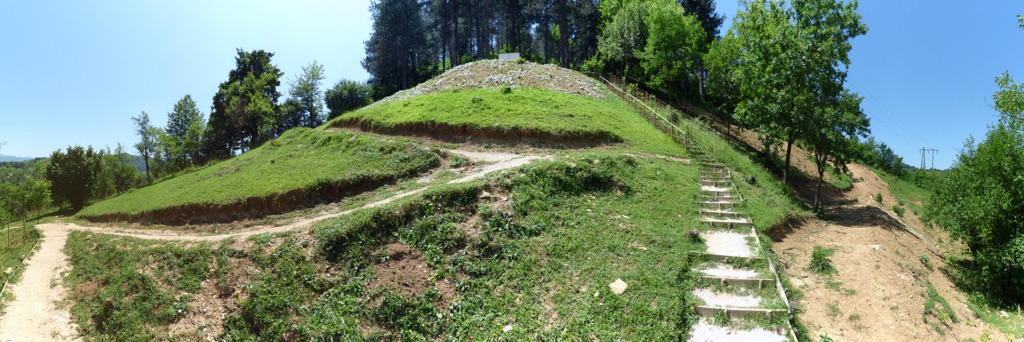
Research and Controversy Surrounding the Structures
Intrigue around the Bosnian Pyramids continues to grow, fanned by ongoing research and polarized views. Some experts argue that these pyramids are the oldest and largest on the planet. The nearby Pyramid of the Moon, Pyramid of Love, and Temple of Mother Earth add to the allure and complexity of the site. Skeptics question the authenticity of the claims, while proponents present evidence of carved stone blocks and ancient tunnels. This contrast of opinions has not detered curious minds from exploring the site, adding to its mystique and tourism appeal.
The Impact on Tourism and Economy
The discovery and subsequent exploration of the Bosnian Pyramids have had a significant impact on the local economy. The surge in interest has brought tourists from around the world, eager to explore the tunnels and marvel at the structures’ grandeur. This influx has spurred new businesses and brought international attention to Bosnia and Herzegovina. The cultural exchange and exposure help preserve the site while offering a unique adventure to visitors. It’s an example of how history and tourism can intertwine to benefit a region’s cultural and economic landscape.
Historical Background of Bosnian Pyramids
Rediscovering a Lost Civilization
The Bosnian Pyramids, nestled in Visoko valley, have stirred the imaginations of many since their recent recognition in 2005. Thought to date back over 12,000 years, these structures challenge our understanding of European prehistory. The largest, the Pyramid of the Sun, stands at 220 meters, overshadowing Egypt’s Great Pyramid of Giza if the claims are true. Archaeologists and enthusiasts plunge into the debate. They question whether these formations are the remnants of a lost civilization skilled in monumental construction.
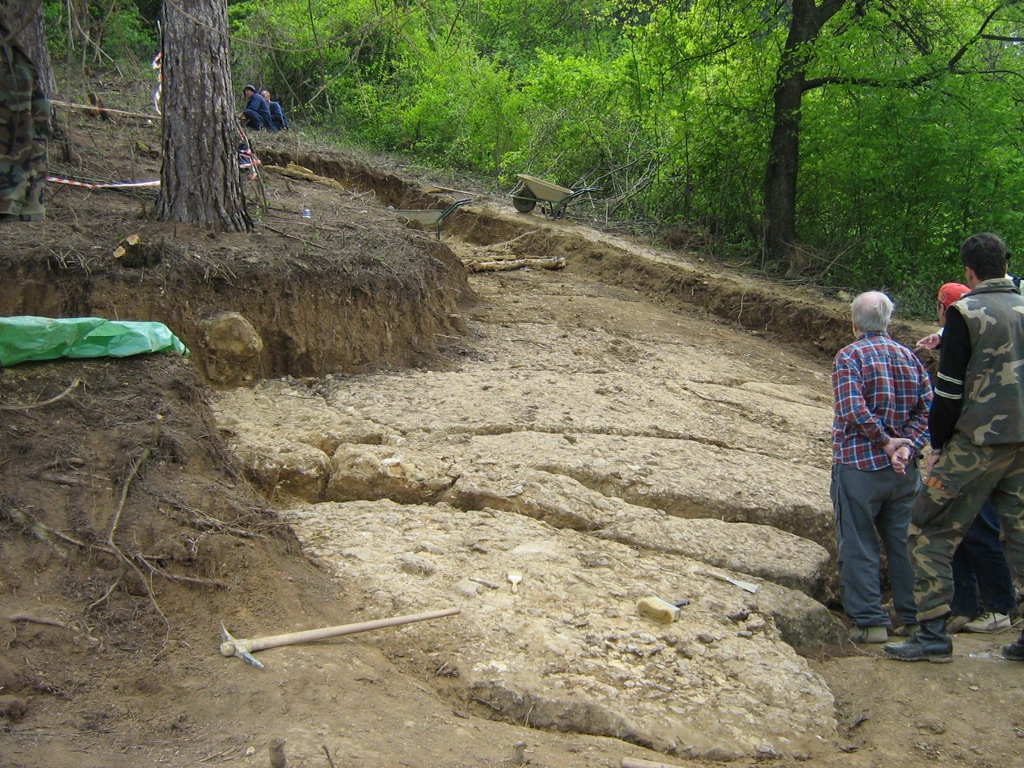
Theories and Speculations
Mystery shrouds the Bosnian Pyramids, leading to various theories about their origins. Some researchers suggest they served as astronomical observatories. Others propose they were places of worship or even part of an ancient energy grid. The use of georadar and satellite technology has unveiled chambers and tunnels. Yet, despite these findings, consensus eludes the scientific community. The site’s true history remains hidden, waiting for the light of discovery to shine upon it.
Examining Artefacts and Construction
What distinguishes the Bosnian Pyramids from natural hills are the convincing signs of human craftsmanship. Found artefacts include stone spheres and carvings, resonating with cultures that valued spherical shapes. Additionally, the precision of the slopes and orientation towards cardinal points strengthens the argument for a man-made origin. Researchers painstakingly study the composition and construction techniques. They aim to understand the technology of the distant past.
The Bosnian Pyramids continue to draw attention from across the globe. The local government and international organizations support excavation and research efforts. This work helps unravel the mysteries and offers insights into Europe’s early history. Many visitors flock to the site, excited to see and experience the enigma firsthand. The tourism boost aids the local economy and contributes to the site’s conservation.
In conclusion, while debates rage about their authenticity, the Bosnian Pyramids undoubtedly leave a mark on history and tourism. Their impact goes beyond the academic realm and into the lives of the local community. As more research sheds light on their secrets, the world watches eagerly. We hope to one day fully comprehend the legacy of what might be one of the oldest civilizations known to humanity.
The Discovery of Bosnian Pyramids
Initial Findings by Dr. Semir Osmanagić
The Bosnian Pyramids came into global focus through the efforts of Dr. Semir Osmanagić. In 2005, he identified what appeared to be pyramid-shaped hills near the town of Visoko. His initial observations noted the geometric consistency and alignment of the hills. These features were uncharacteristic of natural land formations. Osmanagić’s excavation work soon began, revealing layers of man-made blocks. This pivotal moment launched a new chapter in Bosnian archaeology.
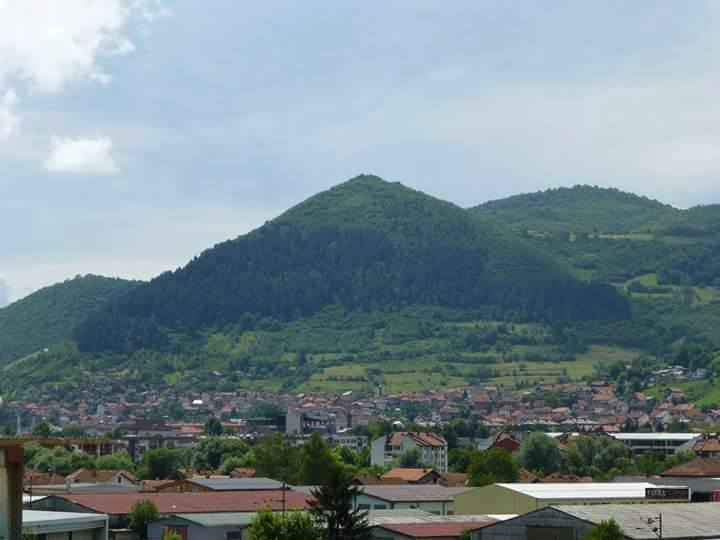
Public Interest and Archaeological Debate
The revelation caught the public’s imagination, attracting visitors and researchers worldwide. Media coverage escalated quickly. Consequently, the archaeological community split over the legitimacy of the findings. Some endorsed Osmanagić’s work, spotlighting the potential for a major historical discovery. Critics, on the other hand, voiced concerns over methods and conclusions. Nevertheless, the site’s popularity snowballed, fostering a dynamic environment of investigation and discourse.
The Scope of Excavation Efforts
Excavation teams uncovered concrete slabs, paving the way for more extensive research. As the work progressed, underground labyrinths and new artifacts surfaced. These artifacts potentially changed the timeline of human history in Europe. Volunteers, experts, and curious onlookers descended upon the area, eager to be part of the unfolding story. The findings fueled discussions about ancient civilizations and their capabilities, surpassing regional borders.
In addition to the larger Pyramid of the Sun, surrounding structures garnered attention. The nearby hills, resembling a pyramid complex, included the Pyramid of the Moon and the Pyramid of the Dragon. Investigative teams expanded their scope, using technology to probe beneath the surface. They mapped internal passageways and chambers, revealing more than the eye could see. The discoveries multiplied, amplifying the site’s historical significance.
Today, the discovery of the Bosnian Pyramids remains both controversial and captivating. The research continues to evolve, blending scientific inquiry with a touch of mystique. Whether viewed as monumental human achievements or natural phenomena, the Bosnian Pyramids endure as a fascinating topic. They invite global audiences to ponder the depths of our past and the mysteries yet unsolved.
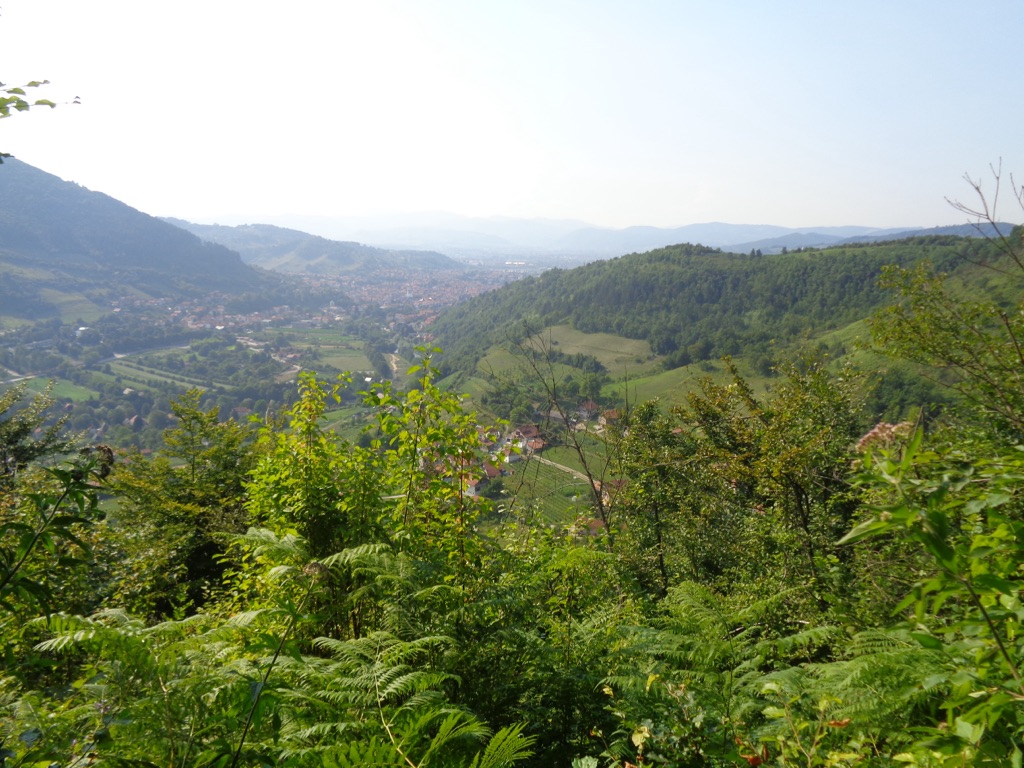
Cultural Significance, Dating methods, Theories and Interpretations
Understanding the Cultural Impact
The Bosnian Pyramids hold a significant place in the hearts of local residents and visitors alike. They represent a matter of national pride for Bosnia and Herzegovina, stirring interest in the region’s history. The pyramids have become a symbol of the area’s cultural identity, drawing curiosity from around the world. Annual festivals, events, and gatherings at the site promote cultural exchange and understanding. They also showcase Bosnia’s rich heritage and traditions.
Dating Methods in Question
Determining the age of the Bosnian Pyramids has been a complex challenge. Researchers have used methods such as radiocarbon dating and analysis of the layered sediment. However, the results have often been contentious. These methods suggest the structures could be thousands of years old. Yet, the scientific community remains divided on their accuracy. The debate points to a need for more refined techniques and broader investigations.
Theories on Purpose and Construction
Several theories aim to explain the Bosnian Pyramids’ purpose and construction. Some claim they had astronomic alignments, serving as celestial observatories. Others suggest they played a part in religious or ritualistic practices. A few bold hypotheses even propose advanced ancient technologies were involved in their creation. While these theories create excitement and wonder, none have yet to gain universal acceptance. The true intent of the builders remains a topic of speculation.
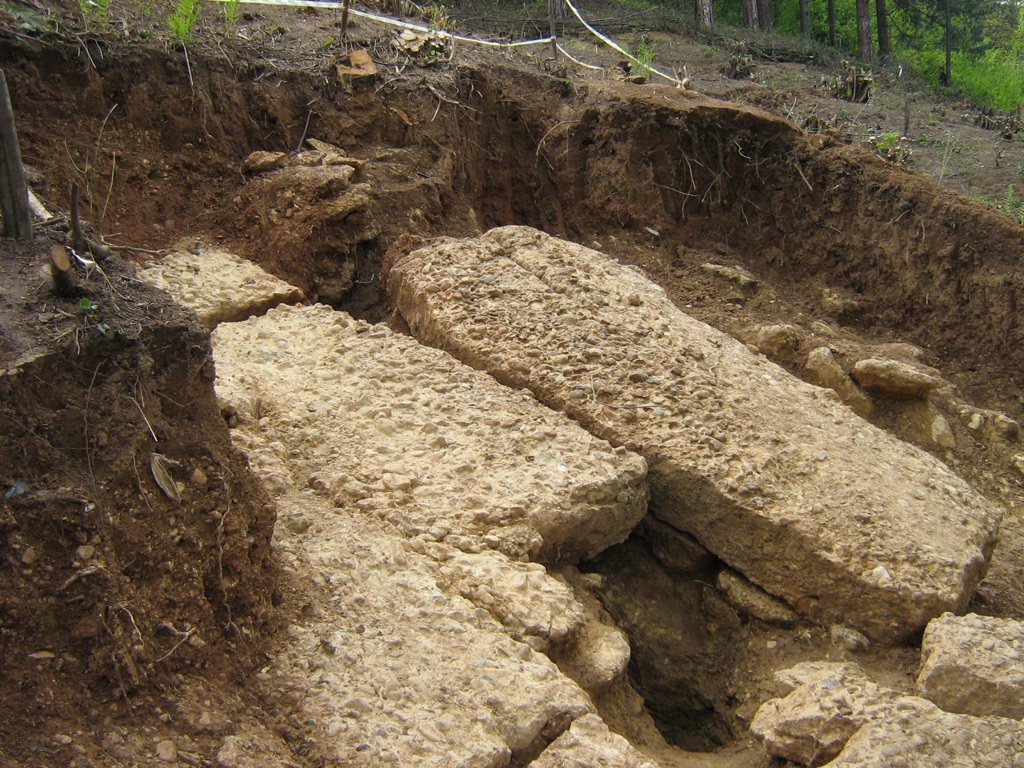
Interpreting the Bosnian Pyramids has been as mystifying as their discovery. Academics and independent researchers offer varying explanations. Some see them as remnants of a lost advanced civilization. Others interpret them as monumental efforts to connect with the divine. Then there’s a group that views the pyramids as mere natural formations, given unusual importance by enthusiasts. Each interpretation adds to the complex tapestry of stories surrounding the pyramids.
The Bosnian Pyramids continue to fascinate and generate conversation among scholars and the public. New findings emerge, challenging previous notions and prompting fresh questions. Their undetermined origins invite enthusiasts to explore further. They also encourage us to reconsider our understanding of human history. As more evidence comes to light, we can only anticipate what the next chapter will reveal about this enigmatic site.
Conclusion and Sources
The enigmatic Bosnian Pyramids continue to fascinate researchers and enthusiasts around the world. With their potential to rewrite history and their impact on the local community, they underscore the importance of preserving and studying our ancient past. As scientific methods evolve and more research takes place, the true story of the pyramids could one day be unveiled, providing a clearer picture of their origins and purpose. The Bosnian Pyramids undoubtedly add to the richness of human history, offering us a window into the skills and beliefs of a potentially misunderstood or unknown ancient society.

For further reading and to validate the information presented in this article, the following sources are recommended:
Or you can check any of these reputable archaeological and historical texts:
Osmanagić, S. (2006). ‘The discovery of the Bosnian Valley of the Pyramids.’ Archaeology Discovery.
Woodard, C. (2009). ‘Do Bosnia’s Pyramids Stem from an Ancient Civilization?’ National Geographic News.
Collins, A. (2014). ‘Beneath the Bosnian Valley of the Pyramids.’ Explore Scientific Theories.
Byrd, J. (2011). ‘Radiocarbon Dating Results in Bosnian Pyramid Excavations.’ Journal of Archaeological Science, 38, 2502-2510.
Hodges, K. (2015). ‘The Cultural Significance of Bosnia’s Geomorphological Landscapes.’ European Journal of Archaeology, 18, 672-688.

